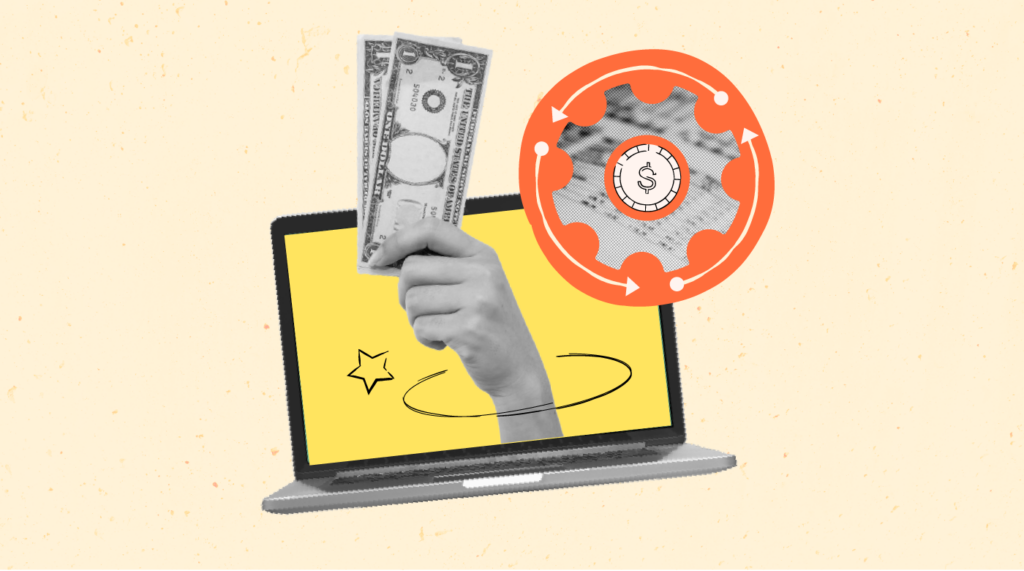Payroll can get complex, comprising data from multiple sources and systems.
As such, organizations choose to integrate their payroll-related apps, a move that benefits those tasked with running payroll as other teams and the wider employee population.
Here I’ll further explain what payroll integration means and its advantages.
What Is Payroll Integration?
Payroll integration is the process of integrating various applications needed for payroll administration.
Examples of applications that organizations integrate with their payroll software include:
- Time tracking software. If you’re employing shift workers, odds are that you’ll have some form of time tracking software/employee scheduling software to track the hours worked in a pay period. It’s easy to see how integrating this system with your payroll software eases the administrative load.
- HRIS/HRMS/HCM. It’s likely that most of your employee data is stored in an HRIS, HRMS, or HCM. Syncing HR systems data with your payroll software means that when an update is made in one system, it will be updated in the other in real-time, improving workflows and data accuracy at the same time. What’s more, team members gain self-service access where they can manage their employee information in one system. .
- Accounting software. Payroll data is an important source of information for the finance department for forecasting and budgeting, so it makes sense to integrate payroll software with accounting software.
- Expense reporting. Chances are, as your business grows, the number of employees submitting expenses will grow to, so it makes sense to integrate this with your payroll solution.
Benefits of Integrating Payroll
The potential benefits of an integrated payroll system include:
- Flexibility. You’re not doubt aware that, out there in the expansive galaxy of HR software, there are products that are built to handle different functions. For example, applicant tracking systems and payroll. So, rather than integrating software from different vendors, why not buy one system to rule them all? The answer to that is flexibility and being able to select the best tool(s) for your org.
- Efficiency. The flow of data between the above systems and your payroll system removes a lot of manual data admin and ensures data accuracy and transparency between systems.
- Compliance. The accuracy of your data will help ensure you stay on the right side of compliance and those pesky payroll taxes.
- Employee experience. Not only will those tasked with managing payroll be happy, but payroll integration will benefit all employees who are more likely to get paid correctly and on time. Everyone’s a winner, really.
Challenges of Integrating Payroll
- Integration. OK so integration sounds great in theory but sometimes software from different vendors doesn’t play nicely together as data transfers and information protocols from service providers can be complicated. However, the good news is that most major vendors will integrate pretty effortlessly with most of the other players in the HR software space. If not, your options are to either ask them to add it to their roadmap or even create an API yourself.
And that’s it, apart from that it should be pretty smooth sailing!
Streamline Your Business With An Integrated System
Payroll integration is useful for all businesses, whether you’re a multinational corporation with a global payroll to maintain or a small business working with traditional timesheets and processing payroll yourself.
It eliminates the need for manual data entry, reduces errors and ensures compliance with tax regulations, and improves the overall employee experience.
Moreover, it empowers human resources and finance teams to focus on strategic tasks rather than repetitive administrative work attached payroll processing.
Further resources:

